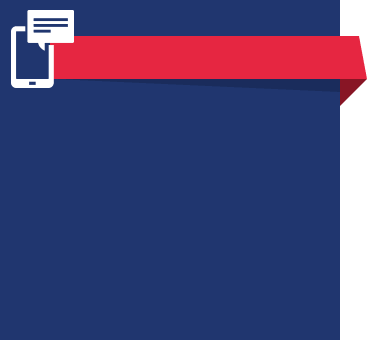When Should Sutures Be Removed?
 Sutures are placed to facilitate the healing of deep cuts as well as incisions from surgical procedures. After thoroughly assessing and cleaning a wound, a doctor can use a special type of thread to “sew” the skin together with individual stitches secured by knots. The goal is to hold the edges of separated skin in place to allow it, and the underlying tissue, to naturally fuse back together. While all wounds that require sutures will have scar formation, stitches can help minimize the scarring and also prevent infection during the healing process. Once a laceration has healed, non-absorbable stitches must be removed (on the other hand, absorbable sutures slowly lose their strength, break down, and are absorbed by the body within about 60 days, so they do not require removal).
Sutures are placed to facilitate the healing of deep cuts as well as incisions from surgical procedures. After thoroughly assessing and cleaning a wound, a doctor can use a special type of thread to “sew” the skin together with individual stitches secured by knots. The goal is to hold the edges of separated skin in place to allow it, and the underlying tissue, to naturally fuse back together. While all wounds that require sutures will have scar formation, stitches can help minimize the scarring and also prevent infection during the healing process. Once a laceration has healed, non-absorbable stitches must be removed (on the other hand, absorbable sutures slowly lose their strength, break down, and are absorbed by the body within about 60 days, so they do not require removal).
Depending on the location and severity of the cut, sutures typically must remain in place for a period of time spanning a few days to a few weeks. Common recommendations for suture removal are:
- Face – Three to five days
- Scalp – Seven to 10 days
- Body – Seven to 10 days
- Arms and legs – 10 to 14 days
- Joints – 14 days
A treating physician can recommend the appropriate time for suture removal and provide specific instructions for proper care as the wound heals. For instance, you might be advised to keep the laceration, stitches, and bandages dry, and to apply an antibiotic ointment to help prevent infection.
Even though suture removal is generally a straightforward and painless process – a health care practitioner usually clips each thread near the knot with surgical scissors and then pulls the thread out with sterile forceps – you should never attempt to remove sutures yourself. That’s because a physician can ensure proper and safe removal by:
- Assessing the wound to confirm that it is healing properly, and also that it has healed sufficiently to warrant suture removal
- Cleaning the wound thoroughly before and after removing the stitches
- Applying appropriate adhesive strips to the wound, if necessary, to complete the healing process
- Providing specific instructions for wound care following suture removal, which can help minimize scarring and prevent other complications
If you require laceration treatment or need to have stitches removed, please feel free to contact or visit South Tampa Immediate Care. No appointments are ever necessary to see a doctor at our walk-in clinic, and proper suture removal can help you avoid potentially serious complications.













